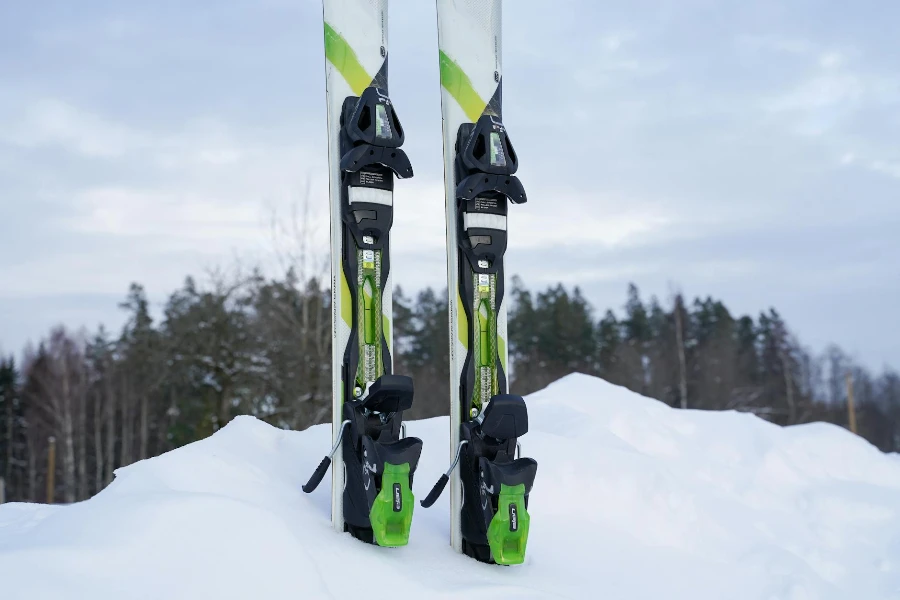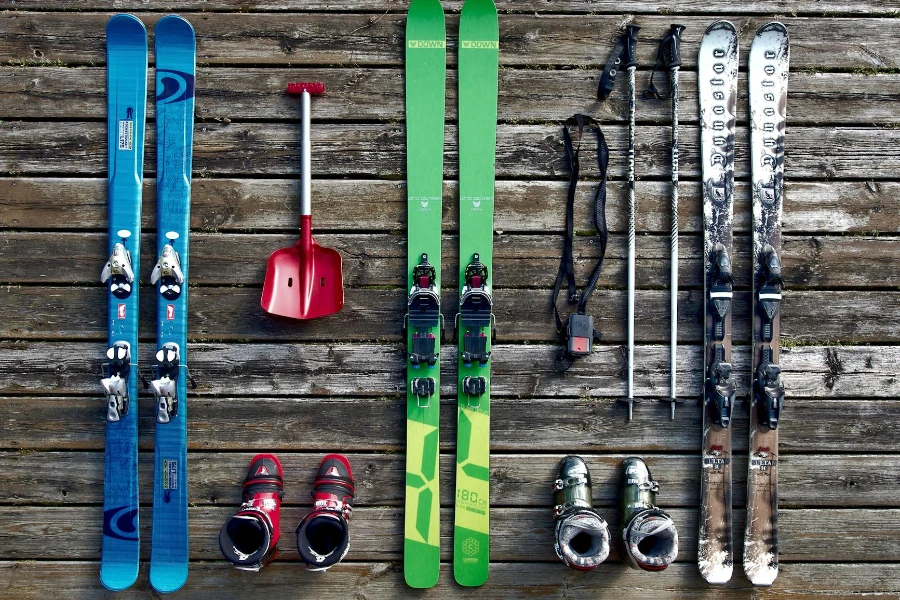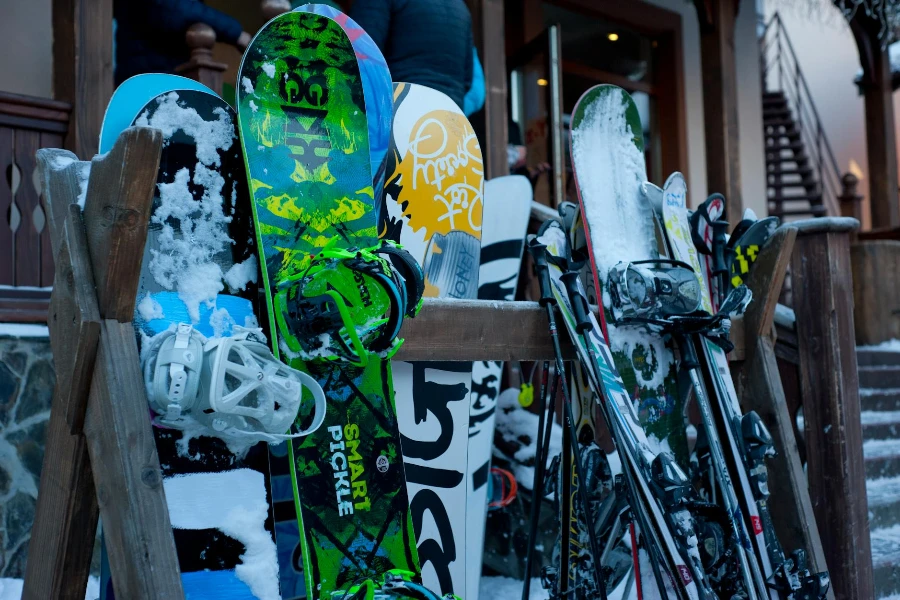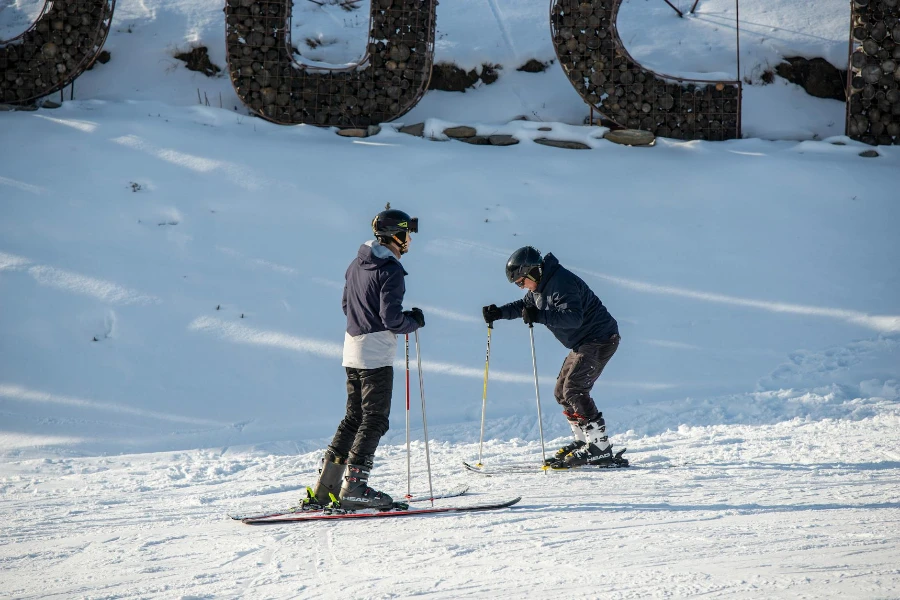The thrill of gliding down snowy slopes begins with a fundamental choice: selecting the right skis. This choice can significantly impact your performance, comfort, and safety. Understanding the nuances of skis, from their design to their intended use, is crucial for both beginners and seasoned enthusiasts. This article delves into the five critical aspects of skis that users care about most, providing you with the knowledge to make informed decisions for your winter sports adventures.
Table of Contents:
– Types of skis and their uses
– Understanding ski sizing
– Key features to look for in skis
– Maintenance and care for longevity
– The environmental impact of ski manufacturing
Types of skis and their uses

Selecting the right type of ski is pivotal, as it aligns with your skiing style and the terrain you prefer. Alpine skis, designed for downhill skiing, offer a variety of options for different skill levels and conditions. Cross-country skis, on the other hand, are lighter and narrower, ideal for long-distance skiing on groomed trails or untouched snow. For those who enjoy the thrill of jumping and performing tricks, freestyle skis are shorter and more flexible, allowing for better maneuverability. Each type of ski serves a specific purpose, and understanding these differences is the first step towards a rewarding skiing experience.
Understanding ski sizing

The size of your skis can dramatically affect your control and speed on the slopes. Ski length is traditionally determined by your height and skill level, with longer skis offering more stability at high speeds and shorter skis providing better maneuverability. However, advancements in ski technology mean that width and sidecut radius also play significant roles in determining the right size. Beginners might lean towards shorter, wider skis for better balance, while advanced skiers might prefer longer skis with a narrower waist for precision in carving turns. Navigating these sizing guidelines ensures a match that complements your skiing style and ability.
Key features to look for in skis

When choosing skis, certain features can enhance your skiing experience. The material composition, such as carbon fiber for lightweight strength or titanium for added stability, can influence the performance and durability of skis. The camber and rocker profile of a ski also affects its handling, with cambered skis providing better edge grip on hard snow, and rockered skis offering superior floatation in powder. Additionally, the turning radius indicates how tightly a ski can turn, a crucial factor for those who prefer quick, sharp turns. Paying attention to these details can help you find a pair of skis that aligns with your preferences and skiing conditions.
Maintenance and care for longevity

Proper maintenance and care of your skis not only extend their lifespan but also ensure optimal performance on the slopes. Regular waxing is essential for maintaining the glide of your skis, with different types of wax available for varying temperatures and snow conditions. Sharpening the edges of your skis improves grip on icy surfaces, enhancing safety and control. Additionally, storing skis in a cool, dry place out of direct sunlight prevents damage to the materials. By adopting a routine of care and maintenance, you can keep your skis in top condition season after season.
The environmental impact of ski manufacturing

The production of skis involves materials and processes that can have significant environmental impacts. However, the industry is increasingly focusing on sustainability, with manufacturers exploring eco-friendly materials like bamboo and recycled plastics. Additionally, some companies are adopting greener manufacturing techniques to reduce emissions and waste. As consumers, choosing brands that prioritize sustainability can contribute to the conservation of the environments we love to explore. Being mindful of the environmental footprint of our skiing equipment is a step towards more responsible and sustainable winter sports practices.
Conclusion
Selecting the right skis involves understanding their types, sizing, key features, and how to care for them, as well as considering their environmental impact. Armed with this knowledge, you can make choices that enhance your skiing experience while also being mindful of the planet. Whether you’re a beginner or an experienced skier, the right pair of skis can make all the difference in your winter adventures.




